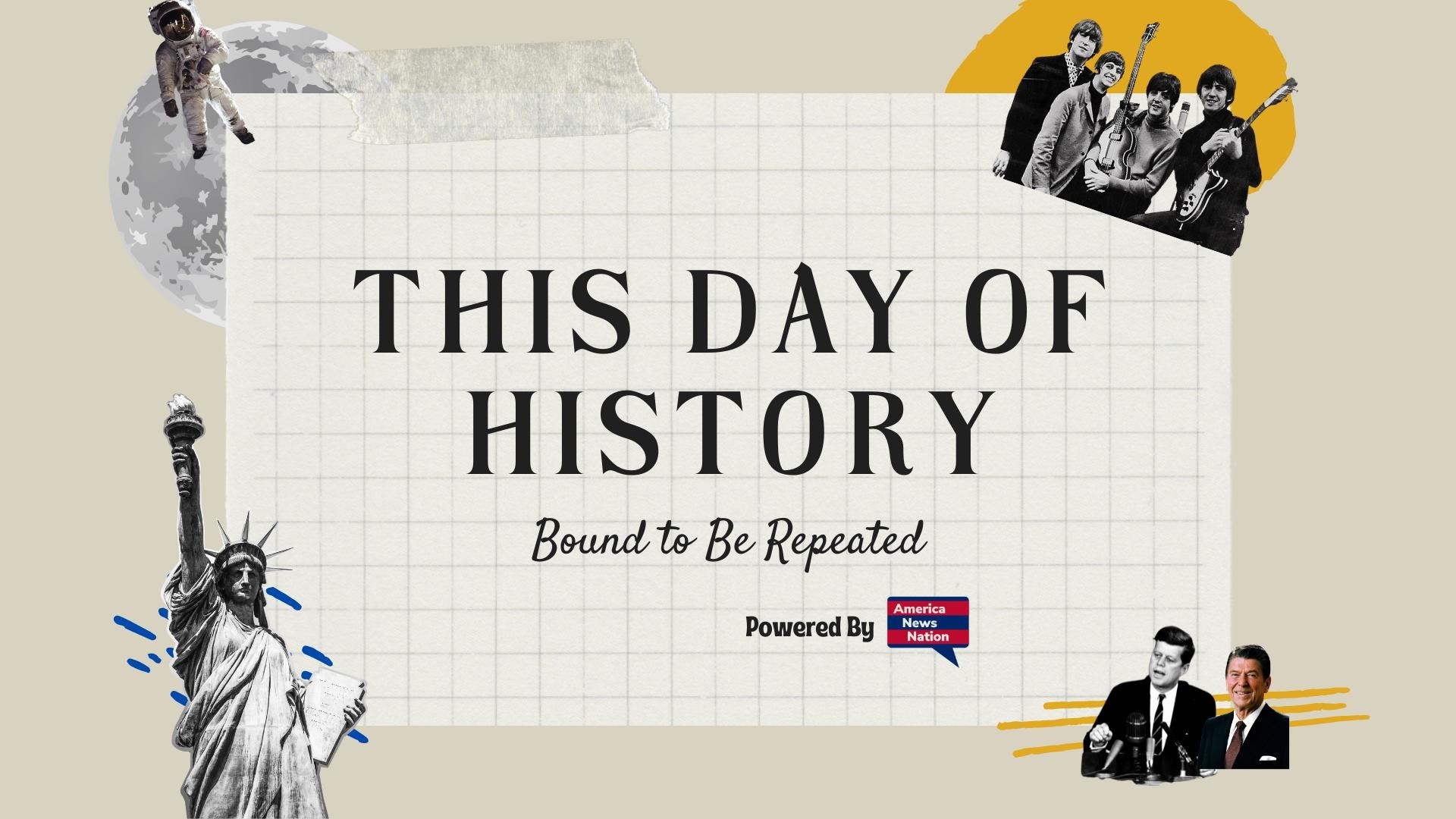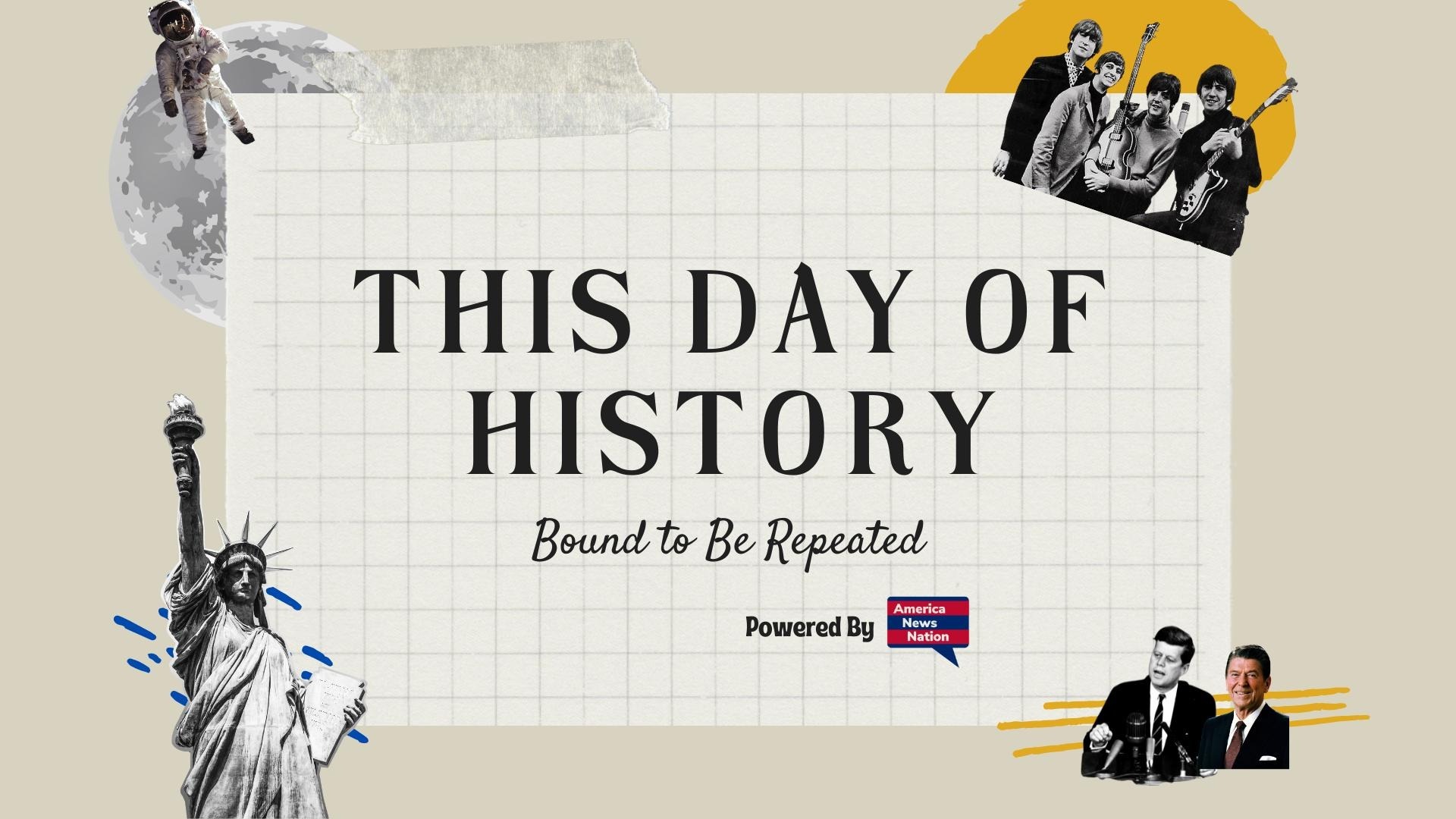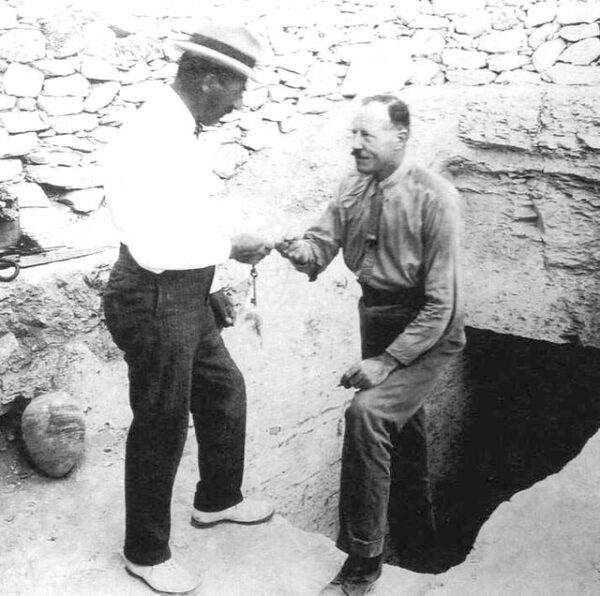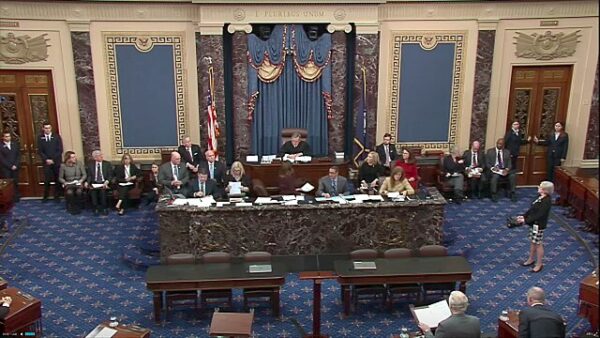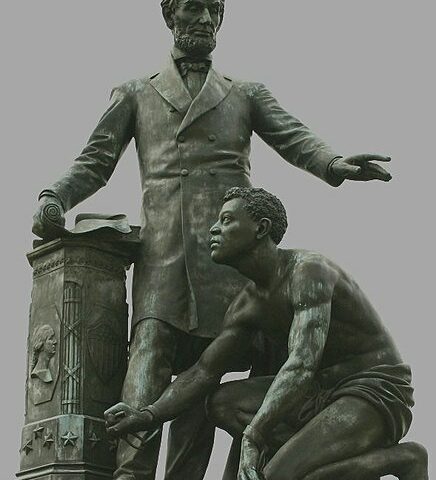On February 16, 1923, British archaeologist Howard Carter opened the burial chamber of Pharaoh Tutankhamun, marking a landmark moment in Egyptology. This breakthrough was the result of years of excavation in the Valley of the Kings, driven by Carter’s firm belief that the tomb of the little-known boy-king had yet to be uncovered. His discovery not only deepened the understanding of ancient Egyptian burial customs but also fueled worldwide fascination with Tutankhamun and the rumored “curse of the pharaohs.”
Carter’s search, funded by Lord Carnarvon, began in 1917. Many scholars doubted the existence of an undiscovered royal tomb, convinced that all major burials in the valley had already been found. Despite this skepticism, Carter persisted. His determination paid off on November 4, 1922, when his team unearthed steps leading to a sealed doorway marked with Tutankhamun’s name. Further excavation revealed an antechamber filled with treasures, but the most critical moment came on February 16, 1923, when Carter and Carnarvon officially opened the inner burial chamber.
Peering inside by candlelight, Carter beheld an astonishing sight: a massive gilded shrine protecting the pharaoh’s sarcophagus. When Carnarvon asked if he could see anything, Carter famously replied, “Yes, wonderful things.” The tomb was remarkably intact, an extraordinary find given that most royal tombs in the Valley of the Kings had been looted centuries earlier. Within the chamber were four nested shrines, each enclosing another, until at last, a solid gold coffin emerged, containing the mummified remains of Tutankhamun. The chamber’s walls bore intricate religious imagery and inscriptions meant to guide the young ruler into the afterlife, offering invaluable insights into Eighteenth Dynasty burial practices, artistic traditions, and religious beliefs.
Tutankhamun, a minor pharaoh of the late Eighteenth Dynasty (circa 1332–1323 BCE), ascended the throne at about nine years old. His short reign was notable for restoring Egypt’s traditional religious practices following the radical reforms of his predecessor, Akhenaten. Before Carter’s discovery, Tutankhamun was a largely forgotten historical figure. His tomb’s survival was likely due to its location, concealed beneath debris from later burials. The discovery was particularly remarkable because it was the most intact royal tomb ever found. Over 5,000 artifacts filled the burial site, including ceremonial beds, chariots, jewelry, weapons, and furniture, providing an unprecedented glimpse into the wealth and craftsmanship of ancient Egyptian royalty.
The opening of the tomb also sparked the legend of the “curse of the pharaohs.” In April 1923, just weeks after the chamber was unsealed, Lord Carnarvon died from an infected mosquito bite, leading to speculation that disturbing the tomb had unleashed supernatural vengeance. Sensationalized by the press, the notion of a deadly curse captivated the public. While many involved in the excavation lived long lives—Carter himself died in 1939—the idea of an ancient curse persisted, adding to the tomb’s mystique and reinforcing its place in popular culture.
The unsealing of Tutankhamun’s tomb remains one of the most significant archaeological discoveries of the 20th century. Carter’s meticulous excavation and documentation transformed the study of ancient Egypt, offering an unparalleled look into its burial customs and royal traditions. Beyond its scholarly impact, the discovery mesmerized the world, ensuring that the name Tutankhamun would forever symbolize the grandeur and mystery of ancient Egypt.
